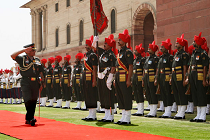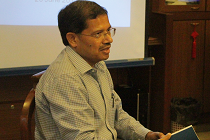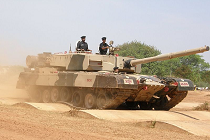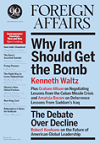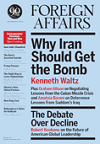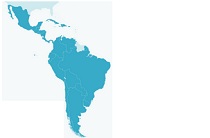India-Peru: A new Pacific pivot
The Indian Council of World Affairs republished Gateway House's Hari Seshasayee's feature on the India-Peru relationship. He argues that new commercial exchanges can enhance the bilateral, but strategic elements must be incorporated if both countries are to benefit from each others' geopolitical alliances.


